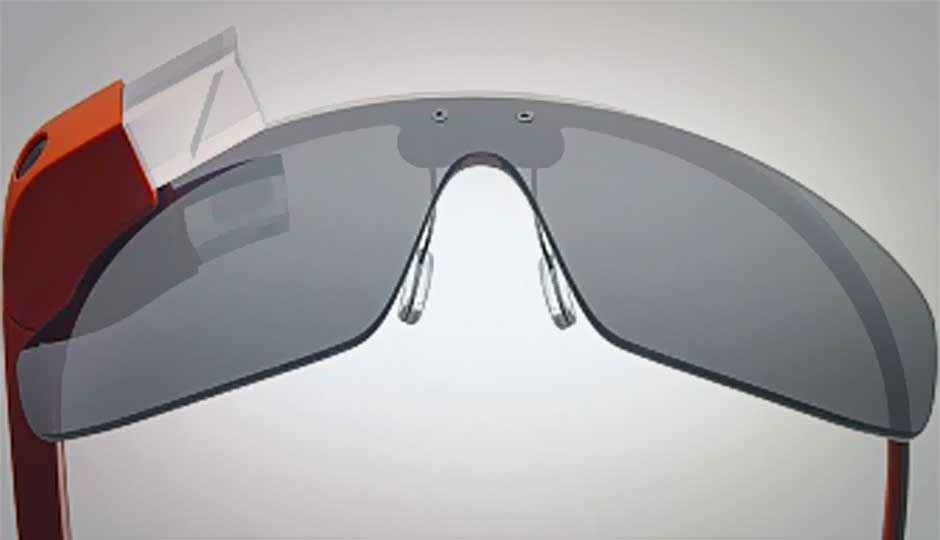Google releases Glass tech specs, Mirror API, MyGlass app and more
The search giant has unleashed a barrage of information about Google Glass, from technical specifications, to Mirror API documentation and developer terms of service.

In a flurry of releases, Google has revealed the specifications of the Glass hardware, elaborated on policies for third-party Glass developers; made the Mirror API documentation available along with Glassware sample code; announced that Explorer Editions were being produced; launched the MyGlass companion app, and added a setup and help page for Glass users.
 Survey
SurveyHardware Specs, Other Details, Explorer Editions
Let us start with the juiciest morsel – the announced specifications of Google Glass hardware. The AR spectacles will tout a tiny display that will deliver to the eye an apparent image equivalent to a 25-inch HD display 8 feet away. Glass will also sport a 5MP camera capable of 720p video recording, and feature 16GB of built-in storage space (12GB of which is user available).
Google Glass doesn’t feature 3G/2G connectivity, so will have to tether to your Android smartphone for all carrier-based calls, data transfer, messaging, and synchronization. It does feature 802.11 b/g Wi-Fi and Bluetooth connectivity, apart from a microUSB port for transfer and charging.
Audio will be transmitted via bone conduction, and the Google Glass spectacles will be available in a one-size-fits-all design, adjustable with different nose pieces. Google also announced that the Glass spectacles would be compatible with Bluetooth-enabled phones, but to use all features (such as GPS and SMS) along with the MyGlass app, Android devices running on v4.0.3 Ice Cream Sandwich or higher are required.
As for Explorer Editions of Google Glass, the company has emailed the 2,000 or so developers that signed up for the Glass Explorers program that their units have begun rolling off production lines, and they should receive them in a gradual rollout. #ifihadglass contest winners should also be receiving their units soon.
MyGlass Android Companion App; Setup, Help Pages
Google Glass’ Android companion app, MyGlass, has been released to Google Play. While anyone can download it on any Android device with v4.0.3 or higher, there is no point, if you don’t have a pair of Google Glass spectacles. The description reads: “If you don’t have Glass, then downloading this will be a waste of time.” The app will also guide users through the setup process, which has also been posted online, apart from a help page.
Mirror API Documentation, Glassware Sample Code
Google has announced the general availability of the Google Glass Mirror API documentation. The company also released some Glassware (the term for Glass web-based services) sample code as an example, as well as four videos describing the biggest aspects of the API. Check out the videos below for more details, and the link above.
Policies for Third-Party Glass Developers
Google has also released the terms of service for the Google Mirror API, which includes several interesting details, the biggest of which is that there will be “No ads.” The company elaborated, saying: “You may not serve or include any advertisements in your API Client.” Google also said that “No fees” can be collected, adding: “You may not charge end users any fees or collect any payments in order to download or access your API Client, or in connection with virtual goods or functionality of your API Client.”
Interestingly, user data usage was also strictly controlled, with the company stating: “You may not use user data from your API Client for advertising purposes. You may not sell or transmit any user data received from your API Client(s) to a third-party ad network or service, data broker, or other advertising or marketing provider. For the avoidance of doubt, user data from the API Client(s) may not be used for Third-Party Ad Serving (“3PAS”).”
Developers will also not be able to “access, update, use or share API content without displaying the content or a summary to the end user.”